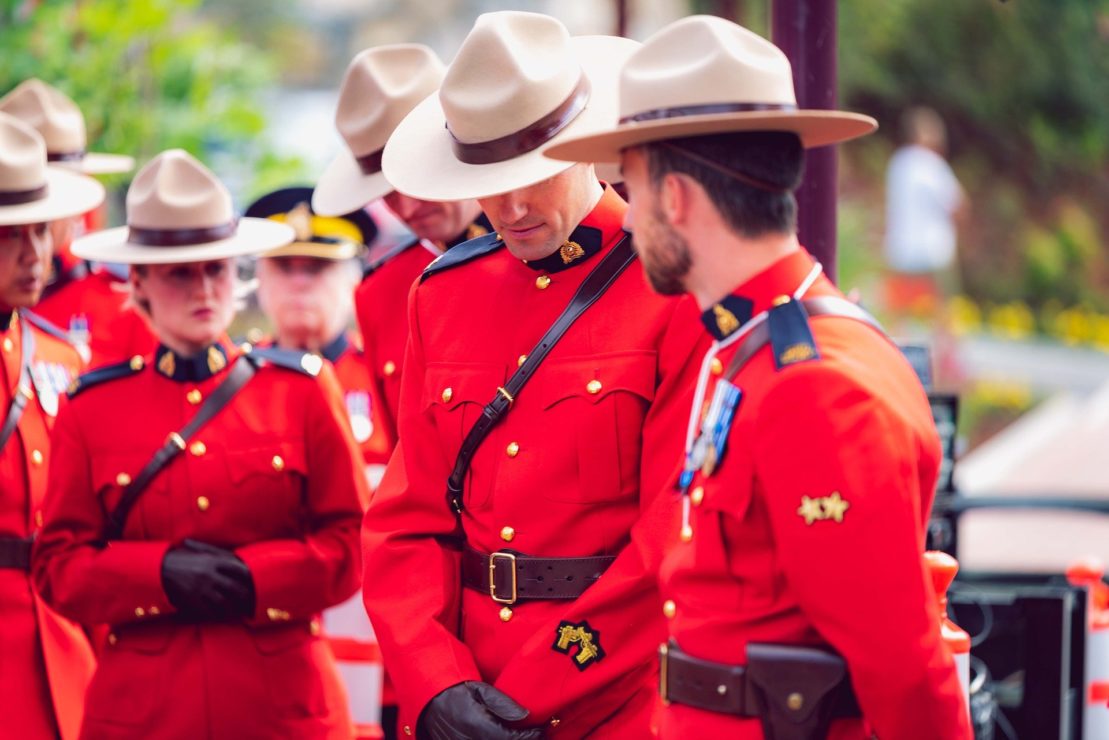Over 100 years after settlers arrived, Indigenous lands are still being stolen for resources

Stolen Lives: The Indigenous Peoples of Canada and the Indian Residential Schools, a textbook which contains first-person accounts of colonization, contains a passage by the chiefs of three nations in B.C. The account, from 1910, recollects as follows: “They treat us as subjects without any agreement to that effect, and force their laws on us without our consent … They say they have authority over us … They have broken down our old laws and customs … They laugh at our chiefs and brush them aside.”
If this sounds familiar, it’s because these very same disregard for Indigenous law and lives is being demonstrated 110 years later. In December 2019, The Guardian released content from RCMP meeting notes detailing how to deal with Indigenous land protectors defending the land from attempts to construct the Coastal GasLink pipeline. The notes state that “lethal overwatch” could be required. Despite the chiefs of the reservations giving no permission for pipelines to be laid — hereditary chiefs make the law in Unist’ot’en communities — the RCMP were instructed to “use as much violence toward the gate as [they wanted]” and make arrests in order to “sterilize [the] site.” However, according to the United Nations Declaration on the Rights of Indigenous Peoples, (UNDRIP) Indigenous people are not to be forcibly removed from their own land.
The most disturbing thing about the language being used by the RCMP is that it shows their unguarded opinion. Indigenous people are not considered equal to those pushing into their lands. Indigenous bodies are, according to these notes, considered germs which must be sterilized. The irony is that Coastal GasLink, and by relation the RCMP, are the forces infecting Indigenous lands. Laying pipelines destroys important natural resources, such as the Morice river, upon which many municipalities rely. Additionally, building pipelines could destroy burial sites and historical artifacts, as was likely the case when Coastal GasLink bulldozed the Kweese War trail on Unist’ot’en territory without first obtaining an archaeological assessment. Still, the RCMP is prepared to “sterilize” the land of Indigenous bodies and destroy any evidence they were there.
No matter how many land acknowledgements are performed, or how many agreements are made, the patterns of the past remain.
The website where the book Stolen Lives can be found explains that “the bigotry and hate that we witness today are the legacy of brutal injustices of the past.” The legacy of colonialism lives with us, and within our culture. The bigotry that we are witnessing is institutional, systemic, violent, and unjust. The view that Indigenous land defenders are antagonists that must be put down is a clear message that — in the eyes of Canadian law and government — Indigenous people have no rightful claim to any land.
Though these lands on which we live and work belong to Indigenous peoples, and were snatched unjustly by settlers, Indigenous populations are treated as squatters. The current actions of the RCMP show that, despite settlers parcelling out these lands to those who already owned them, crown authorities have no intention of honouring any agreements they have with Indigenous people. The RCMP, Coastal GasLink, and others are aggressors who, once they discover a desirable resource, will do anything it takes to steal the land necessary to procure the resource. If this sounds familiar, it’s because it is.
Currently, the resource is the natural gas that would flow through the Coastal GasLink pipeline. In 1910, that resource was gold. “Your country is rich,” said the colonialists, “and you will be made wealthy by our coming. We wish just to pass over your land in quest of gold.” The forced removal of the Wet’suwet’en people in order to pillage resources is a mirror image of actions taken by early settlers. In the 1910s, colonists told Indigenous nations that if they shared their land, they could go about their lives the same as ever. The stipulation was that they must move to and stay in particular places so that the colonists could mine the land on which people had made their homes. As time progressed, the areas on which Indigenous people could live grew smaller until they possessed almost nothing. Anywhere Indigenous people went, if there were resources, they were forced, often by the use of lethal violence, to retreat.
Despite almost a century passing, nothing has changed. Colonial mindsets still dominate Canada and force back the true owners of these abundant lands. No matter how many land acknowledgements are performed, or how many agreements are made, the patterns of the past remain. Indigenous people are treated as pests in their own home, and are killed and captured so that colonialism may expand. Though it appears to some that the government is willing to make necessary changes and repair the damage colonialism has done, it is easy to see the truth. All these years later, technologies have advanced, society has grown, and colonialism has stayed the same.








